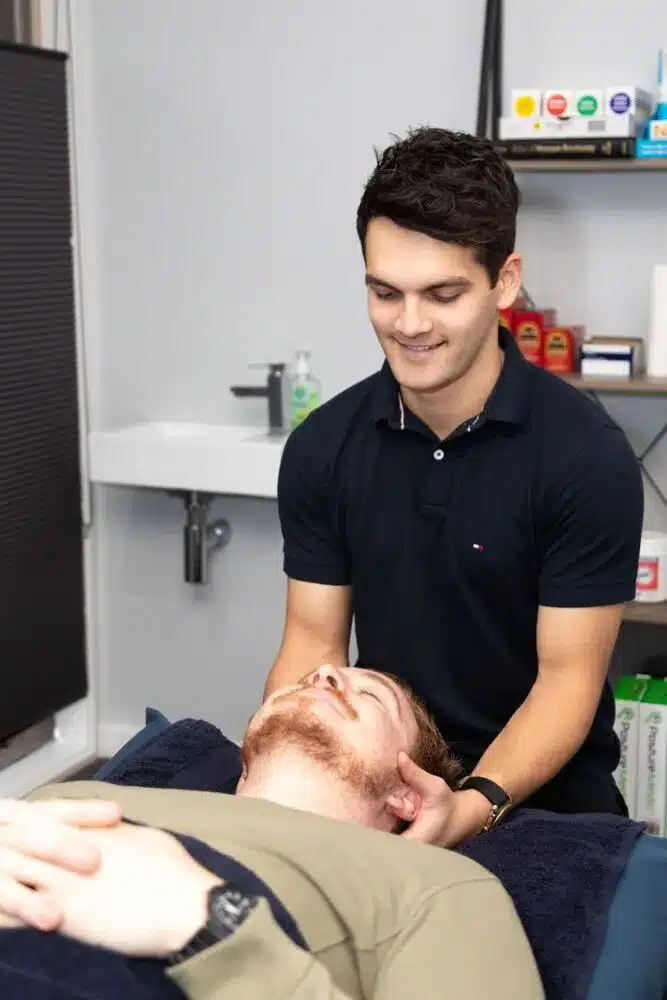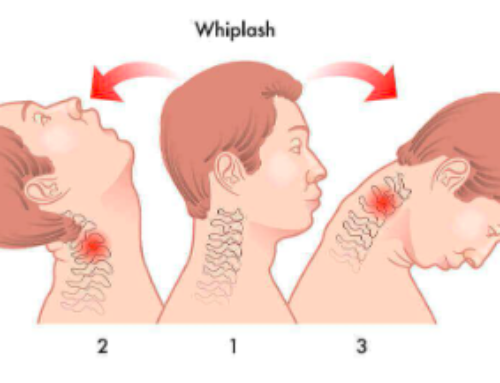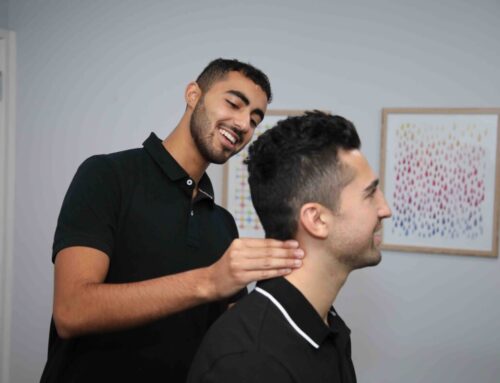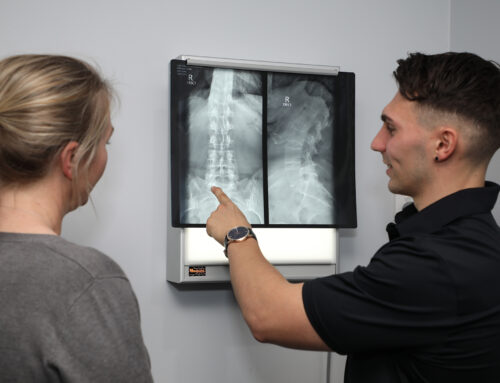Temporomandibular joint dysfunction (TMJD) is a condition affecting the jaw joint and the surrounding muscles, often leading to pain and discomfort. This vital joint, located just in front of the ears, facilitates essential functions such as talking, chewing, and yawning. When it malfunctions, the impact on daily life can be significant.

Image: https://www.mayoclinic.org/diseases-conditions/tmj/symptoms-causes/syc-20350941#dialogId50951802
Symptoms of TMJD
TMJD manifests in various ways. Common symptoms include:
- Jaw pain or tenderness
- Difficulty opening or closing the mouth
- Clicking or popping sounds in the jaw
- Headaches
These symptoms can vary from mild to severe and may be intermittent or persistent. The root causes of TMJD are often multi factorial, including muscle tension, jaw misalignment, stress, injury, or joint dysfunction.
How May Osteopathy Help?
Osteopathic treatment emphasizes a holistic approach. The jaw’s function is influenced by the neck, shoulders, and even the upper back. Osteopathic treatment aims to restore balance and function to the musculoskeletal system, alleviating symptoms and enhancing overall health.
Osteopathic Manual Treatment (OMT)
 OMT is a hands-on technique used to manage TMJD. With a hands on approach to the jaw, neck, and upper back, an osteopath may reduce muscle tension, improve joint mobility, and enhance circulation. This treatment aims, not only to alleviate pain but also addresses underlying muscle imbalances that may contribute to TMJD. Other treatment strategies can involve Dry Needling or soft tissue massage of the muscles of the jaw.
OMT is a hands-on technique used to manage TMJD. With a hands on approach to the jaw, neck, and upper back, an osteopath may reduce muscle tension, improve joint mobility, and enhance circulation. This treatment aims, not only to alleviate pain but also addresses underlying muscle imbalances that may contribute to TMJD. Other treatment strategies can involve Dry Needling or soft tissue massage of the muscles of the jaw.
Stress Management
Stress often leads to muscle tension, particularly in the jaw and neck. Managing stress is crucial in treating TMJD. Techniques such as mindfulness or relaxation exercises, can help reduce stress levels. Patients are also encouraged to be mindful of habits like clenching or grinding their teeth, which can exacerbate the condition.
Exercises and Active Rehab
Incorporating specific exercises and stretches into daily routines can be highly beneficial. Gentle jaw exercises can improve range of motion and strengthen the muscles supporting the TMJ. Stretching the neck, shoulders, and face muscles helps relieve tension and improve posture, further supporting jaw function.
Education
Education and awareness are vital for managing TMJD. Understanding the condition and its potential triggers empowers individuals to take proactive steps in managing their symptoms. Regular osteopath follow-ups ensure that treatment plans are tailored to each patient’s unique needs, promoting long-term relief and improved quality of life.
 Final Note
Final Note
Temporomandibular joint dysfunction can be a challenging condition, but a holistic osteopathic approach offers hope for relief and restored function. Through hands-on treatment, stress management, exercises, and lifestyle modifications, individuals can take control of their TMJ health and enjoy a pain-free life.
Please feel free to contact our clinic to book an appointment here or call us on 59414157. If you have any questions, please email me keyan@pakenhamosteopathy.com.au.
 Final Note
Final Note


